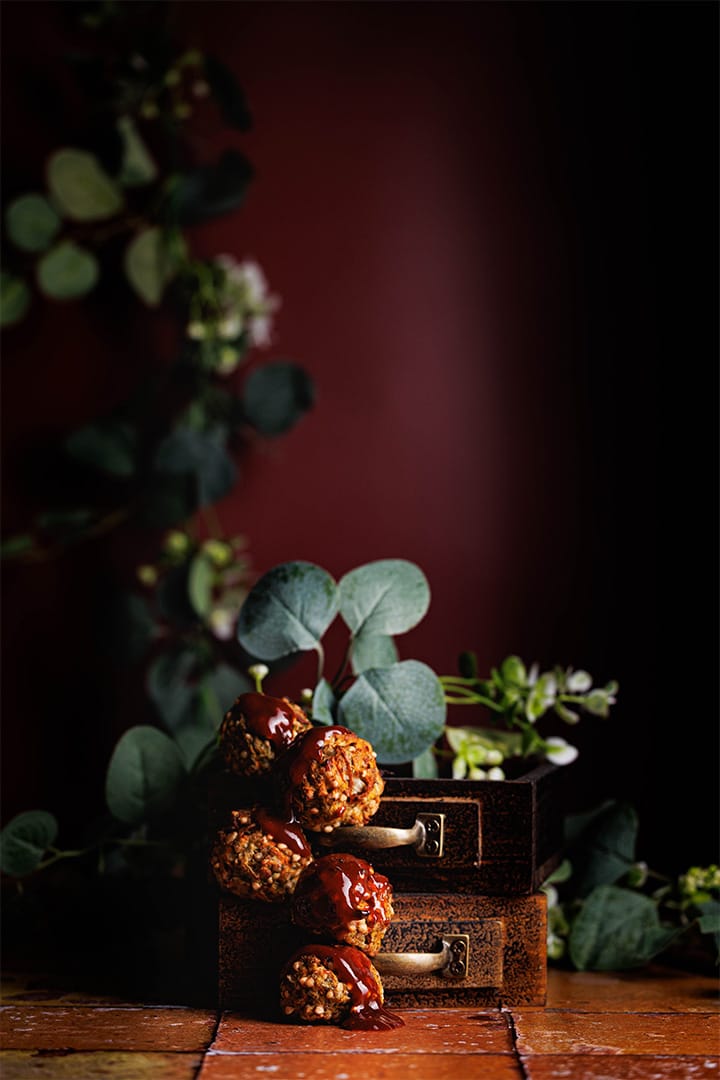
The force within
Kefir grains are the life force of homemade kefir. In her book, From Kefir, With Love: An Irreverent Guide to Making Kefir and Healing Your Gut Naturally, Whitney Wilson emphasizes that kefir grains should be called kefir hearts.
Absolutely! Without kefir hearts there is no kefir.
Many cultured foods (yogurt, sourdough, kombucha) need a starter culture that will trigger the fermentation process and kefir is no different. A kefir starter culture represents a unique microbial community consisting of bacteria, yeasts, and sometimes moulds creating a complex symbiotic community – kefir grains. The complexity of their physical and microbial structures is the reason why kefir grains are still a mystery. According to recent studies, there are over 50 microbial species associated with kefir grains.

Kefir grains are gluten free granules of polysaccharides (sugar structures), which gives them a firm, but spongy texture, kind of like a gummy bear. Inside this sugar structure is where the colony of healthy bacteria and yeast live. When the kefir grains are placed into milk, they start circulating these bacteria and yeast throughout the milk, which kick-starts the fermentation process.
S / M / L
Some grains are small like the size of rice, some are large, marble-sized, and some are even long and stringy. The small ones are generally new grains that will grow in size. When they are healthy and growing, kefir grains should double in size about every two weeks – but this is more of a general rule. When your grains grow too big, making your kefir ferment too quickly, it’s time to give some of them to your friends or you can eat these extra grains.
Show me yours and I’ll show you mine
One really great characteristic of kefir grains is that every person’s grains are a little different regarding the bacteria inside the kefir grain. Since each is an independent colony living on its own and has spread from home to home across the world, different grains have evolved in different ways. People usually refer to them by their location (Brazilian, Australian), but the characteristics of all varieties depend on their geographic origin, climate and cultural differences. Their microbial composition is always going to be unique.
I was surprised when my friend told me that she has grains that make kefir that tastes sweeter. I thought that all grains were the same and make the same tasting kefir. I obtained some “sweet” grains from her and, to my great surprise, her grains really do produce sweeter kefir than mine. I decided to keep both types of grains and each of them has its own Kefirko Kefir maker.
So, take care of your kefir hearts, and enjoy your homemade kefir! 🙂
Source:
Book – From kefir with love


